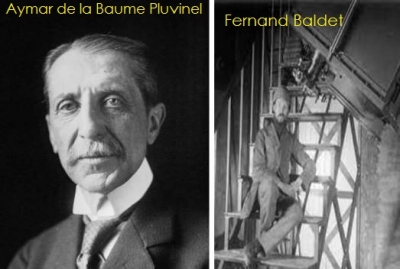
Have you heard the expression, “seeing is believing?” So even though many well-known scientists had questioned the existence of Martian canals, as far as some astronomers of the late 19th century were concerned, canals were what they saw on Mars!
The field of astronomy was also quite different back then. Observers had to manually focus their low-power telescopes on Mars, sometimes wait for hours for the image to become sharp, and make sketches to record what they saw.
Even though astrophotography (taking photographs of astronomical objects) was first attempted as early as in 1839, it had not become popular in astronomical research work till early 20th century.
The camera-equipped telescope installed in the Pic du Midi Observatory, France, in the summer of 1909 changed all that! A French astronomer, Count Aymar de la Baume Pluvinel, and his assistant, Fernand Baldet, observed Mars through the telescope and took photographs.
The images were so clear that they helped settle, once and for all, this three-decade-long canal controversy – there were no artificial canals on Mars! By this time, scientists studying the Martian atmosphere based on the way light interacted with it had also realised that Mars was a dry planet.
A clearer “picture” emerged when the U.S. National Aeronautics and Space Administration’s (NASA) Mariner 4 spacecraft took close-up photographs of the planet in 1965.
There were craters on Mars, but no canals!
Picture Credit : Google




